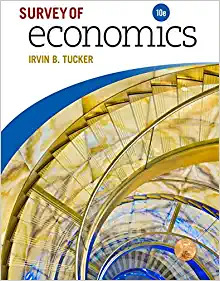Question
Suppose that a worker has T hours per week of time that can be allocated to any combination of leisure (L) and market work (N
Suppose that a worker has T hours per week of time that can be allocated to any combination of leisure (L) and market work (N = T?L). The worker's preferences are described by the utility function: U(C, L) = C + L where C is his consumption and is a fixed parameter. The worker earns non-earned income Y N and an hourly wage w, so C = wN + Y N . (20 points)
a. Please draw the worker's budget line. Please label the slope of the budget line, the intercepts of the budget line, the horizontal and vertical axis carefully. (5 points)
b. Assume w < . Draw the worker's budget line and indifference curves on a graph. Please the slope of the budget line, the intercepts of the budget line, the slope of the indifference curve, the horizontal and vertical axis carefully. How much leisure time would the worker choose? (5 points)
c. Assume w > . Draw the worker's budget line and indifference curves on a graph. Please the slope of the budget line, the intercepts of the budget line, the slope of the indifference curve, the horizontal and vertical axis carefully. How much leisure time would the worker choose? (5 points)
d. Based on your results in (c), draw the worker's labour supply curve, explicitly labeling every relevant point and slope. (5 points)
Step by Step Solution
There are 3 Steps involved in it
Step: 1

Get Instant Access to Expert-Tailored Solutions
See step-by-step solutions with expert insights and AI powered tools for academic success
Step: 2

Step: 3

Ace Your Homework with AI
Get the answers you need in no time with our AI-driven, step-by-step assistance
Get Started


